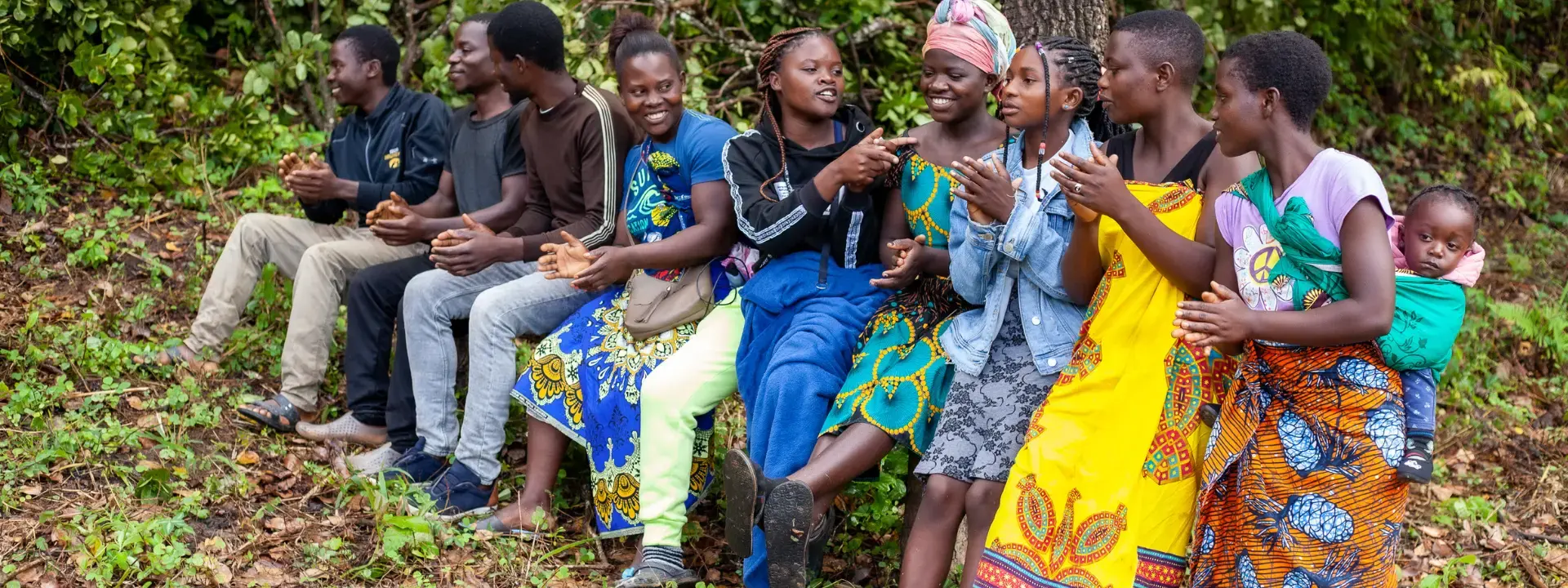Young people make up the largest and fastest growing proportion of the general population in Malawi. The 2018 Population and Housing census shows that 51% of the population is below 18 years. If young people have opportunities to realise their potential, this youth population ‘bulge’ could be an opportunity to renew the continent’s social and economic capital.
Yet our adolescents and youth face many risks as they navigate their lives – unemployment and economic exclusion, unwanted pregnancies, high maternal deaths, sexually transmitted infections (STIs) and gender-based violence.
Death in childbirth and HIV-related complications are the two main causes of mortality among young women in the region. A high proportion of girls do not want to fall pregnant but are not using contraception, and unsafe abortions continue to contribute to maternal deaths and injuries. When teenagers become mothers and fathers, they are often unable to reach their full potential.
Due to the sheer number of young people, their sexual behaviour will shape the course of the entire African continent. It is, therefore, critical to invest in young people’s sexual and reproductive health. Research shows that investments in reproductive health protect the well-being of young people, maximize their potential for healthy and productive lives, and improve social and economic development.
UNFPA’s response
UNFPA’s Strategy on Adolescents and Youth, Towards Realizing the Full Potential of Adolescents and Youth, represents our strong commitment to the human rights of young people. The goal is to ensure access of adolescents and youth to sexual and reproductive health and realizing their rights.
UNFPA contributes to the advancement of adolescents and youth in five strategic ways, namely:
- Enable evidence-based advocacy for comprehensive policy and programme development, investment and implementation;
- Promote comprehensive sexuality education;
- Build capacity for sexual and reproductive health service delivery (including for HIV prevention, treatment and care);
- Take bold initiatives to reach marginalized and disadvantaged adolescents and youth, especially girls;
- Promote youth leadership and participation.


